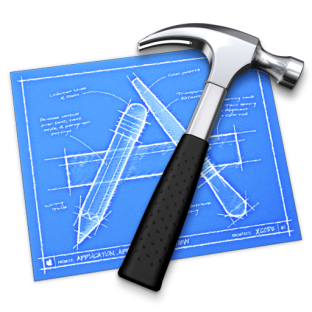
Perhaps the most famous of these is ADDIE, a model used in nearly every training project that I have participated in or have come across.
In fact, most models are derived from ADDIE in one way or another.
But there are of course other frameworks that are meant to improve learning initiatives. One of which is SAMR.
SAMR stands for Substitution, Augmentation, Modification, and Redefinition. The goal behind it is to improve the use of technology in learning contexts.
Let’s take a look at each section from a high-level.
Substitution
This refers to using new technology for performing an old task. For example, if you are tasked to use a library to write a research report with standard pen and paper, you could substitute the pen and paper with a word processor and the library with the internet. A rather basic example, but it highlights the main point.
Augmentation
Augmenting refers to using new technology to further modify how you complete an old task. If we take the same research example above, then we can further augment the assignment by requiring learners to share their assignment notes with the instructor and fellow learners using Dropbox.
Modification
Modification implies actually changing the way a task is accomplished using technology. For example, you could use a forum or comment system for facilitating feedback on an assignment instead of written or live peer feedback.
Redefinition
When redefining a set of tasks for a desired end-goal, you are using new technology to add new tasks to the process. In the context of the same research assignment example, this could entail leveraging online tools like a learning management system. For instance, requiring learners to make forum posts, submit assignments virtually, earn specific badges or number of points on a quiz, etc.
Reference:
Google Apps Action

Justin Ferriman
@LearnDashLMS







